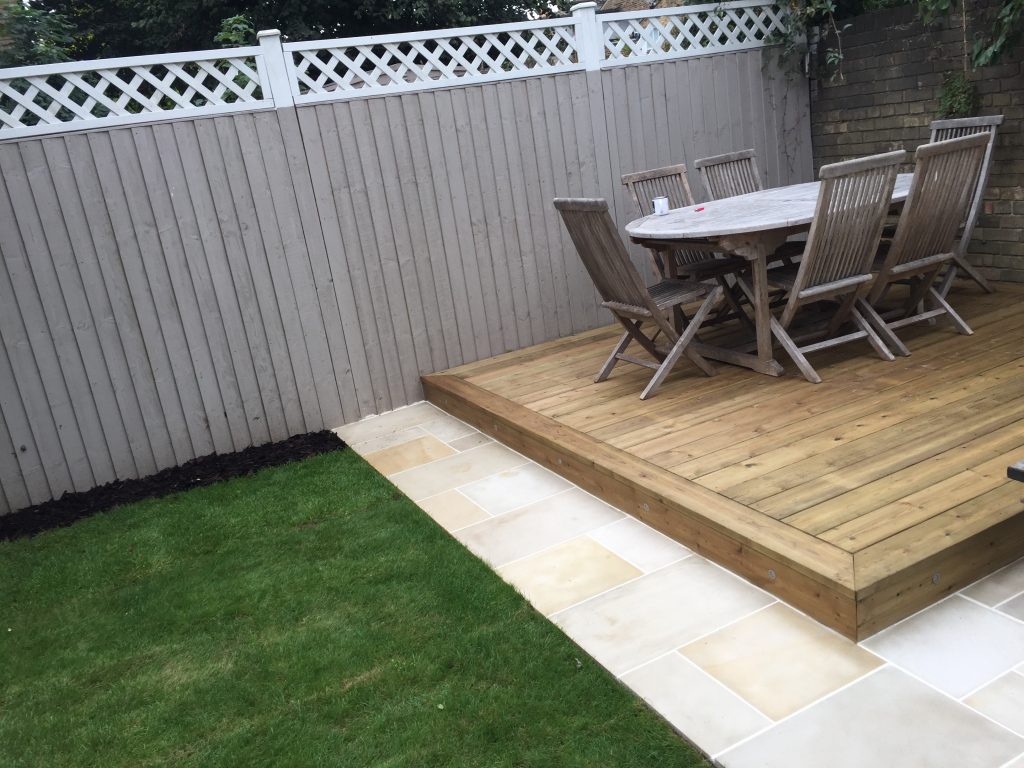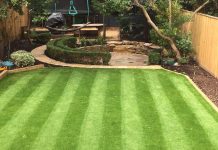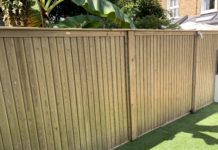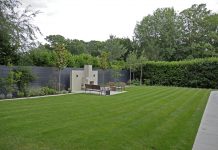Decks in their simplest term are timber platforms consisting of uprights, bearers, joist and flooring material. Whatever your reason is for creating a deck it is one of the most cost effective and attractive additions to your home. We view timber decks as outdoor living rooms which not only add value and floor space to your home but add to your lifestyle. With the addition of a pergola or other shade structure your deck can be used for years round entertaining.

DECKS HAVE 3 MAIN BENEFITS:
- Versatility
Decks can be built almost anywhere making use of that inaccessible area of your yard. They can range from a simple rectangle to a multi level show piece with curved facades. Practically any size or shape is possible to compliment any style of house or yard, the only limitation being your imagination.
- Lifestyle
Timber decks have become increasingly popular as they undoubtedly add to your lifestyle, whether they are constructed as a level area for the children to play, or entertaining area for family and friends to enjoy and relax.
- Landscaping
Decks are a great way of leveling off your yard without the need for costly retaining walls and land fill and at the same time re-invent your garden space as a reaction to your building. They provide a comfortable walking surface with a high aesthetic appeal which blends in well with nature.

DECKING GUIDE: TYPES OF DECKING
This guide is intended to help with the minefield that is choosing, installing and maintaining a deck in your garden. You are given a brief of the main types of decking available as well as the main advantages and disadvantages of each.
PRESSURE-TREATED SOFTWOOD DECKING
This is an economical option and about 75% of all new decking projects are completed using this timber. The main benefits of this type of decking are its affordability and ease of availability as well as its ease of use. It is ordinarily made using pine wood which then treated to guard against rot, fungus and wood-boring insects. This timber has the characteristic green tinge and is widely used for decking throughout the world. The main downside to using pressure-treated softwood decking is its durability – they require more effort in preserving and protecting and are susceptible to splitting, cracking and warping. It will require annual cleaning and preserving to prolong its life but if well looked after can last for 30 years.

NATURALLY DURABLE SOFTWOODS REDWOOD & CEDAR
Both of these species of softwood naturally contain tannin’s and oils to help prevent rot, decay and attack from insects. They also give a more natural finish As they are not filled with chemicals-and they have a rich and natural look too. They are up to 3 times more expensive than the pressure-treated timber alternative but give a more aesthetic finish and require less maintenance. A redwood or Cedar deck will typically only need to have a protective finish applied for every 30 years or so.


Another thing to consider when buying softwood decking such as this is the quality of the wood in relation to where is grew on the tree. The wood in the heart of the tree(called the heartwood) contains more tannin’s and oils and as such has and as such has more longevity. The wood towards the outside of the tree (called the sapwood) is softer and contains less of these oils so it is more susceptible to rot and decay. You need to ensure the quality of the wood you are purchasing.
HARDWOOD DECKING
There are many species of hardwoods which are used to make boards for decking including oak, IPE, iroko and balau. These woods are incredibly hard and strong and are naturally resistant to rot, fungus and insect attack meaning they require considerably less maintenance in order to keep them protected from the elements. However, as a result of them being so hard they can difficult to work with – especially cutting and drilling! It can be near to impossible to screw into or drive a nail without drilling a pilot hole. Because of this many hardwood decks are installed using hidden clips and fastening which add to the cost.

COMPOSITE DECKING
Composite decking is a rapidly expanding market and composite decking is beginning to show itself as a viable alternative to standard wood. It is primarily made from a mixture of wood particles and plastic and this creates a wonderful rain and weather resistant material which won’t split, crack or splinter. Some companies also manufacture pure plastic decking so this could be an alternative for you. However, it just won’t look like wood – there is no two ways about it – the look is just not as beautiful and natural as that given by a real wood deck. This might not be a problem for you and if not that’s fantastic because a composite deck requires very little maintenance and protection. In fact, all you’ll ever really need to buy is a cleaner and a reviver. Cleaning your composite deck is still particularly important though as they can be susceptible to mould and mildew, particularly in damp and shady spots. Composite decking also has the benefit of being available in a variety of colors so no finishing is required. The companies which manufacture it also often manufacture balustrades, moulding and railings to match. One thing to be aware of is that like timber decking composite decking does swell as it gets wet but unlike timber decking it does this along its length as well as its width. This is something to bear in mind if your deck will be slotting in between fixed structures!





